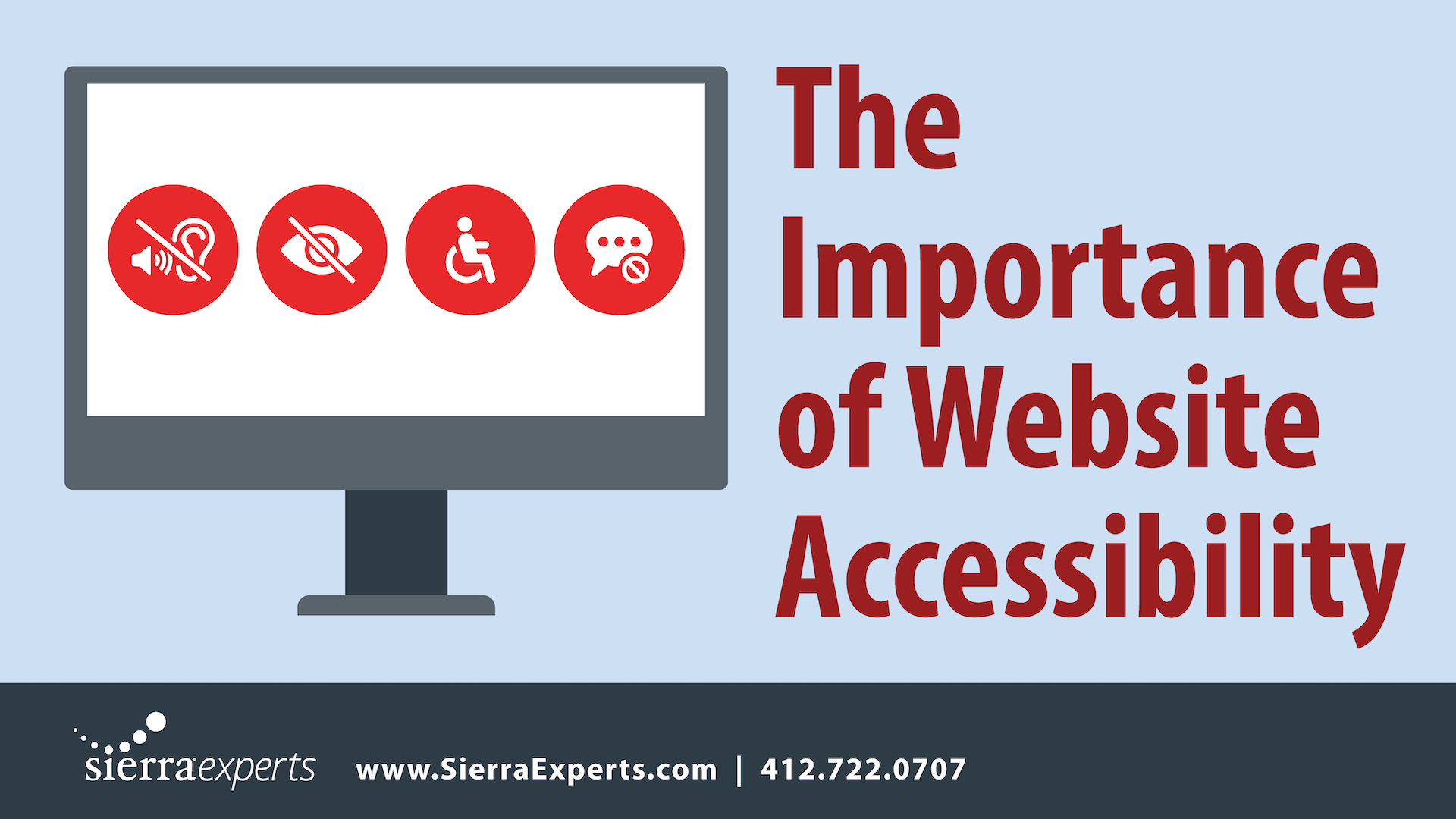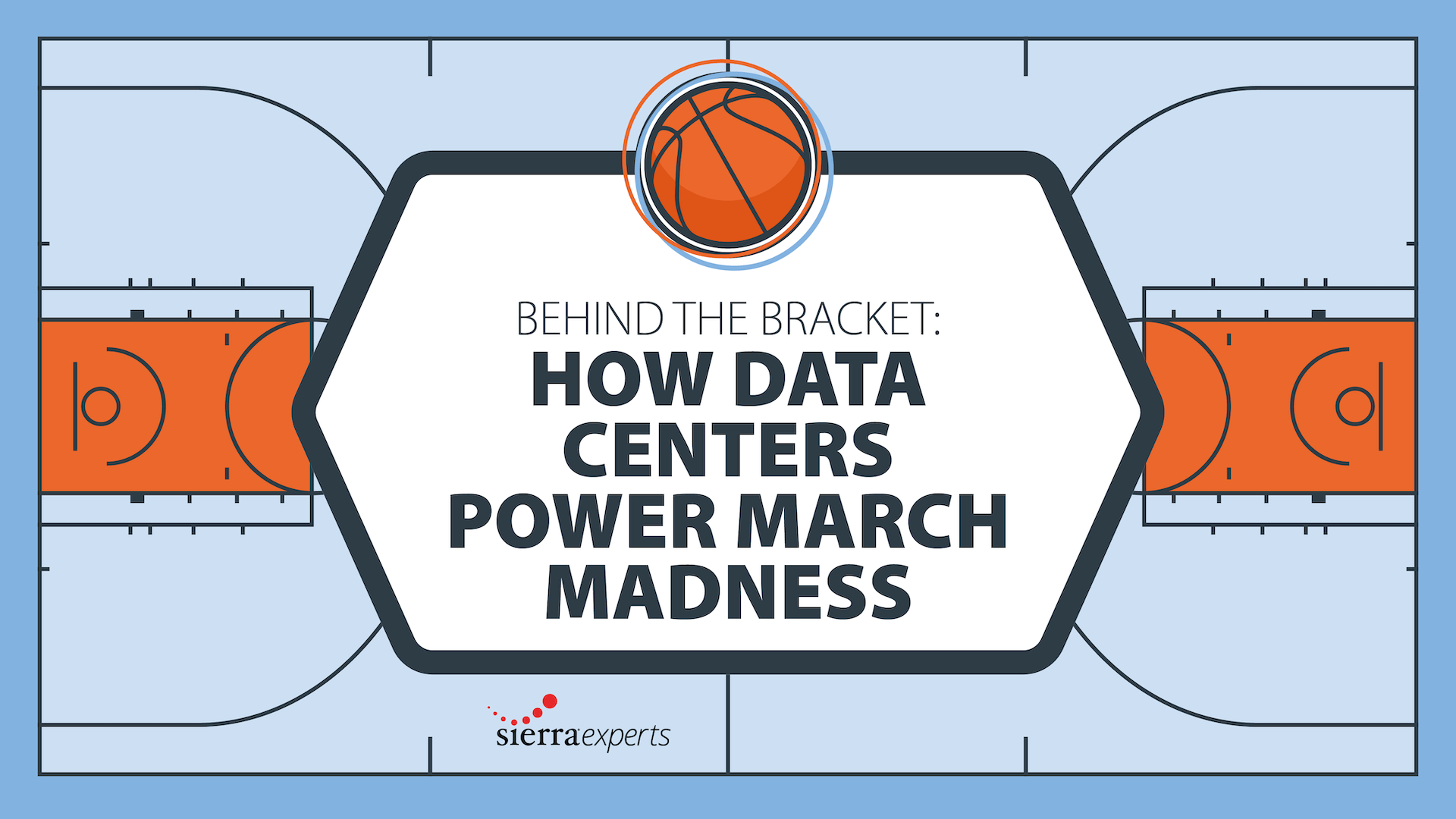Over the last twenty years, people have switched from conducting research via books and newspapers to the Internet. Now, websites are the primary way to access information, services, and products. However, not all websites are created with inclusivity in mind. Just like brick-and-mortar stores have a duty to be accessible for all, websites do as well.
It’s important to ensure that everyone, regardless of ability or disability, can navigate and interact effectively with website content. Read on to uncover why website accessibility matters and steps you can take to make your website more accessible for all.
What is Website Accessibility?
Website accessibility refers to developing and designing a usable website for individuals with disabilities, including visual, motor, auditory, and cognitive impairments. Simply put, it means ensuring you offer equal access to information for all website visitors, regardless of their abilities. Accessible design features are crucial in empowering disabled visitors to navigate websites independently.
According to the ADA, below are examples of website accessibility barriers that can be adjusted to empower disabled visitors.
- Color contrast issues: Individuals with color blindness or limited vision cannot read text if there is insufficient contrast between the text and background.
- Use of color alone to give information: Color-blind people may not have access to information when the information is displayed using only color cues because they cannot distinguish specific colors from others.
- Lack of alt text on images: When no text alternative is provided, blind individuals will not understand the content and purpose of images. Text alternatives explain why an image is there when a screen reader is utilized.
- Lack of captions on videos: People with hearing disabilities may not understand information communicated in a video without captions.
- Inaccessible website forms: Individuals with disabilities may have trouble completing web forms without things like:
- Labels that screen readers can convey to their users
- Clear instructions
- Error indicators
- Lack of keyboard navigation: People with disabilities who cannot use a mouse or trackpad cannot access web content if they cannot navigate a website using a keyboard.
Inclusive design principles emphasize the importance of considering diverse user needs and preferences throughout the design process. By prioritizing accessibility, web designers and developers can create a seamless and enjoyable online experience for everyone. By embracing accessibility best practices, businesses can make more inclusive online experiences, reach a wider audience, and drive positive outcomes.
Ready to make your website more inclusive for all? Learn more about our website services here.





